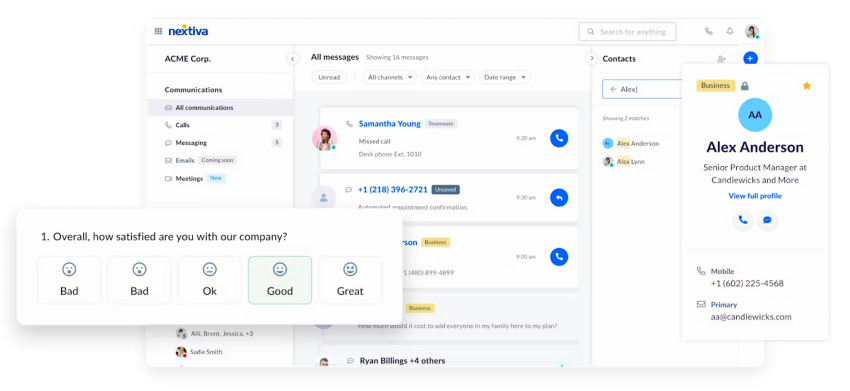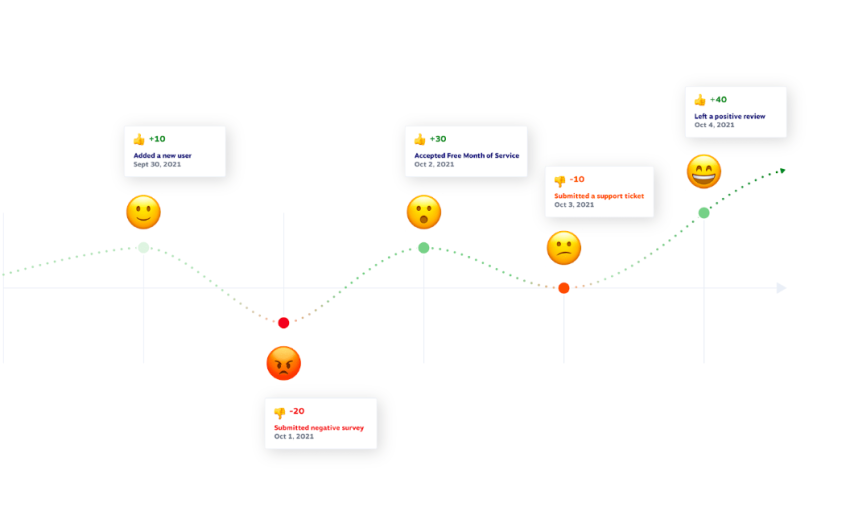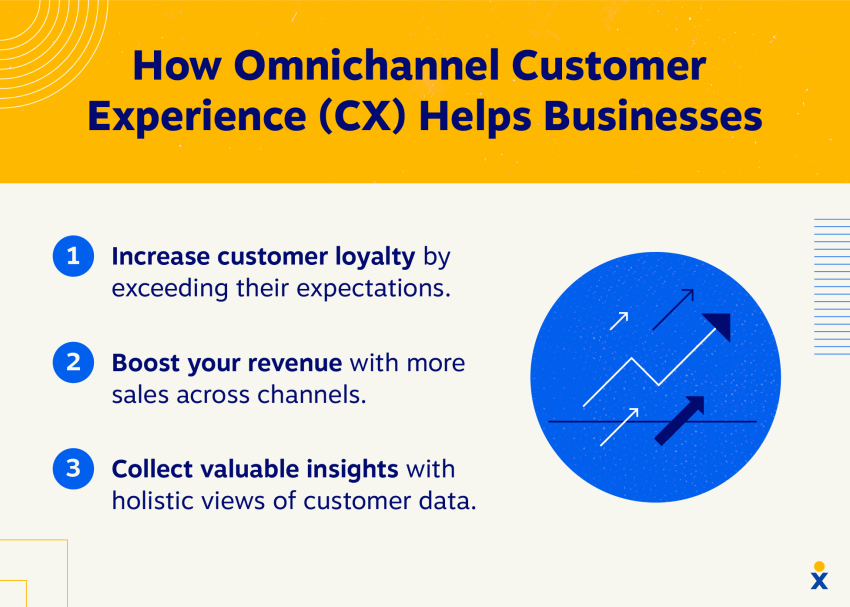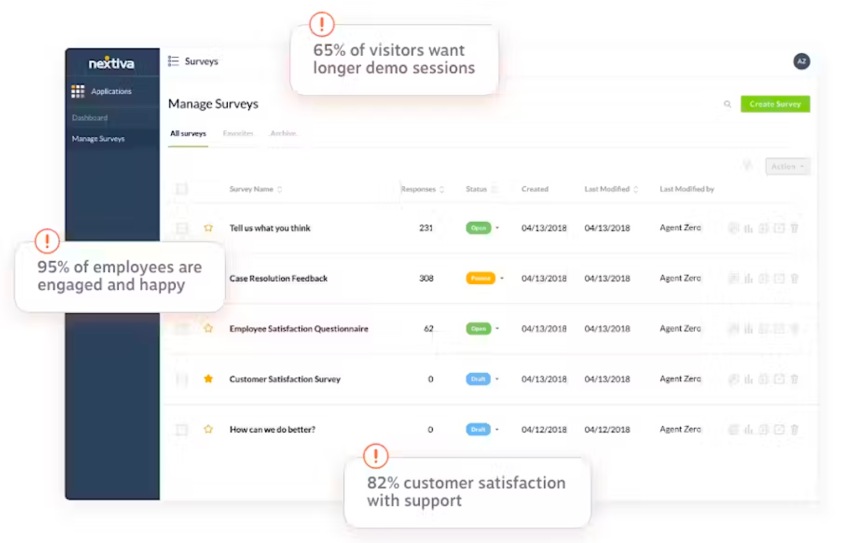Have you ever called a company’s customer service line, only to have the representative know nothing about your previous interactions? Or maybe you’ve spent time customizing your customer preferences on a website and then found they didn’t carry over when you downloaded the mobile app.
These disjointed experiences can be extremely frustrating for customers. They also represent missed opportunities for brands to nurture customer loyalty and trust and, ultimately, impact the bottom line.
That’s why forward-thinking companies are shifting their focus to a unified CX — creating seamless, personalized interactions across every touchpoint.
Take the AI Maturity Assessment
In just 5 minutes, get your personalized score and recommendations to move forward with AI.
Read on to understand what this entails and how to get started on your unified CX journey.
What Is a Unified Customer Experience?
A unified customer experience denotes a consistent, personalized interaction between customers and a company’s sales, product, and marketing touchpoints. These interactions occur throughout the customer journey, from discovery to purchase, onboarding, adoption, and retention. Organizations strive to deliver a unified CX so all customer engagements are orchestrated from a central source.

This differs from traditional CX approaches that treat each channel and customer touchpoint as separate entities.
In a traditional CX, silos emerge where data can’t flow freely between departments. Customers are forced to constantly repeat themselves and reestablish context, thus compromising the CX.
A unified customer experience breaks down these silos by taking a big-picture view of the customer journey. The goal is to meet customers where they are with relevant, tailored experiences — at scale.
Delivering a tailored, personalized experience builds loyalty, as customers feel understood and valued at every step.
How Unified CX Differs From Traditional CX
Here are some key ways a unified CX provides a step up from typical customer experience approaches:
Cohesive communication across all touchpoints
No matter how a customer interacts with your brand — via website, social media, mobile app, phone call, email, or in-store visit — a unified experience feels consistent and familiar. For example, brand messaging and visual identity align across channels.
Seamless and frictionless transitions
Transitions between digital communication channels and brick-and-mortar channels are smooth and seamless. Customers don’t have to reestablish context or repeat information when switching between channels. Data flows effortlessly in the background.
Omnichannel support
Customers can start service requests in one channel, like chat, then seamlessly switch to another, like phone, without losing any context or progress.
On the backend, this requires a unified CX platform to bring these interactions together in one centralized app.

Personalized and relevant interactions
Interactions are tailored to individual customers based on data and insights. This leads to more engaged, satisfied customer experiences that feel personally designed.
Data-driven information
Businesses leverage customer data from across the organization to understand customer needs, anticipate challenges, and respond effectively. This prevents having to ask customers for information the company already has on hand.
Empowered self-service experience
This experience offers robust self-service options through FAQs, knowledge bases, and account management portals. However, helpful human assistance is readily available when customers want it.
Advantages of Unifying Your CX
Taking steps to unify your CX delivers significant benefits, including:
Increased customer satisfaction and loyalty
By providing consistent, personalized interactions across all channels, customers are less frustrated because they don’t have to deal with disjointed experiences when engaging with your company.
Using customer data to tailor interactions also makes customers feel more valued and understood, enhancing their perception of your brand. This consistency builds trust and strengthens your relationship with each customer over time.
This all leads to higher customer satisfaction, retention, and loyalty, boosting metrics such as repeat purchase rates and customer lifetime value, as happy customers are more likely to continue business with you and recommend you to others.

Boosted business performance
Unifying the experience also directly boosts business performance. Increased customer satisfaction drives higher sales and revenue because loyal customers purchase more. It also lowers churn rates.
Streamlining processes through unified data and omnichannel CX platforms saves time and resources across service, sales, and marketing departments. Enhanced reputation through positive word of mouth and customer reviews also attracts new customers to your brand.

Delivering a superior, personalized CX gives you a competitive advantage that attracts and retains customers.
Faster decision-making
In addition, a unified CX makes decision-making faster and more effective across the organization.
A holistic view of each customer from unified data results in more detailed, comprehensive customer profiles, which power hyper-targeted, relevant marketing and communication campaigns.
It also enables proactive customer service, as you can identify and resolve issues before customers complain on public channels. Customer insights fuel constant optimization because you continuously improve experiences based on data and feedback.
Better employee experience
Other benefits include reduced employee stress, as shared customer context reduces repetitive questions and workflows across channels. Consistent brand experiences also reinforce what your brand stands for in the customer’s mind.
Finally, engaged, empowered employees who effectively serve customers have higher morale and provide better overall service.
Curious about Nextiva? Watch an instant demo
Get a glimpse of our powerful United-CXM platform in our product demo videos.
Different Platforms That Enable a Unified CX
A technology stack tailored to your needs empowers you to deliver a unified CX. Below are some key platforms.
Contact centers to support customers across every channel
Contact center platforms, like Nextiva Customer Center, allow you to manage phone, email, chat, text, and social interactions from a unified interface. Features such as call distribution, IVR, routing, and omnichannel management help customer support agents deliver consistent experiences.

CRM systems to know your customers inside out
CRM software centralizes customer data into single records that are available to sales, service, and marketing team members. This powers personalized interactions across the customer lifecycle.
Helpdesk and support platforms to resolve issues swiftly
Helpdesk software streamlines support with features like ticketing, knowledge bases, and self-service portals. This allows efficient, satisfying issue resolution.
Customer feedback and survey tools to listen, learn, and act
Collecting customer feedback through surveys and review sites yields insights to improve experiences. Sentiment analysis and dashboards make it easy to act on this data.

Marketing automation platforms to engage customers throughout their journey
Automating campaigns across email, mobile, social, and other channels allows for the delivery of personalized messages at scale. Workflows based on customer data and behaviors optimize customer engagement.
Digital experience platforms to craft compelling online engagements
DXPs, such as Sitefinity, allow you to create, optimize, and personalize user experiences across your website, mobile apps, online communities, and more. Integrations connect front-end and back-end systems.
E-commerce platforms to power your online storefront
E-commerce platforms, like Shopify and Magento, provide the tools to build customer-centric online stores. Features for transactions, orders, customer accounts, and integrations facilitate unified data and experiences.
Four Steps to Unify Your CX
Here is a step-by-step process to begin unifying your CX:

1. Assess your current state
First, audit your existing experience to identify your biggest gaps — and opportunities. Getting a realistic view of where your CX journey is will help you figure out what kind of tools you need to implement in your workflows going forward.
- Map the journey: Document every touchpoint across channels where customers engage with your brand.
- Evaluate performance: Assess satisfaction metrics, issue resolution rates, and handling times for each channel.
- Identify data silos: Find out where customer data lives within your company and how easily it’s shared between departments.
- Gauge employee sentiment: Get feedback from agents on pain points in current processes and tools.
2. Define your vision
Next, outline your unified CX vision and strategy and what success looks like for your business. Make sure you take every team into consideration when defining the scope of this project.
- Set goals: What do you want customers to feel at each touchpoint? How will experiences reinforce your brand?
- Develop personas: Build detailed profiles of your target audience segments to customize experiences for each.
- Prioritize channels: Focus first on unifying the channels used most by your audience and those of top strategic importance.
3. Invest in the right technology
Your tech stack should help (not hinder) your unified CX. Because these tools are so robust, it’s really hard to remove and replace them if you make a misstep. Make sure you’ve considered all current and future scenarios.
- Contact center platform: A system like Nextiva connects and manages all customer communication channels with robust routing and customer service automation.
- CRM integration: Connect customer data across sales, marketing, service, and e-commerce systems.
- Routing solutions: Distribute inquiries to the best available agents, regardless of the initial channel.
- Self-service options: Deflect common questions through chatbots, knowledge bases, and account portals.
- Communication tools: Centralize customer communication data from phone, email, messaging apps, and more.
4. Empower your agents
Equip agents to deliver excellent, seamless service. The best tools are only as powerful as the people using them. Ensure your teams are comfortable with the new software and processes surrounding it.
- Train on omnichannel service: Ensure agents can smoothly handle customer inquiries across any channel.
- Foster customer-centric culture: Instill across your organization that customer experience is the top priority.
- Encourage feedback: Incorporate agents’ input into improving their tools and processes.
- Monitor data: Use reports and analytics to continuously refine your approach.
Boost Your Unified CX With Nextiva
As this guide outlines, unifying your CX has tremendous benefits for both customers and your bottom line. It provides a competitive edge and nurtures lasting loyalty.
With its unified cloud communications and contact center platform, Nextiva makes it easy to deliver consistent, personalized omnichannel experiences.
Seamless integrations, AI capabilities, and automation ensure each customer interaction strengthens your relationship.
Related: How to Improve Your Ecommerce Customer Experience
Reimagine your CX with Nextiva
Sales and support teams use Nextiva to deliver a better customer experience.

















 Customer Experience
Customer Experience 










